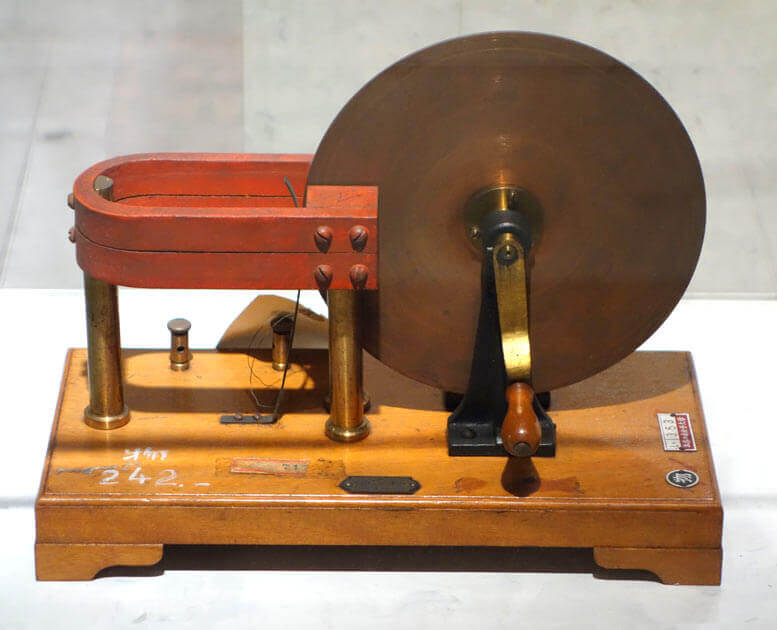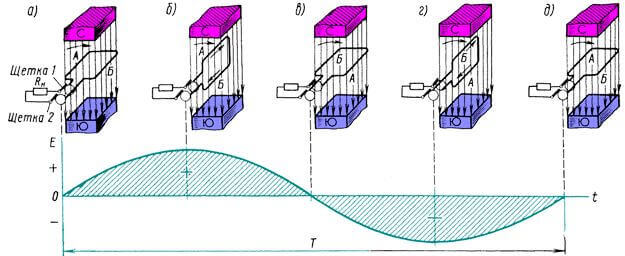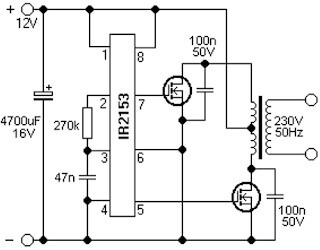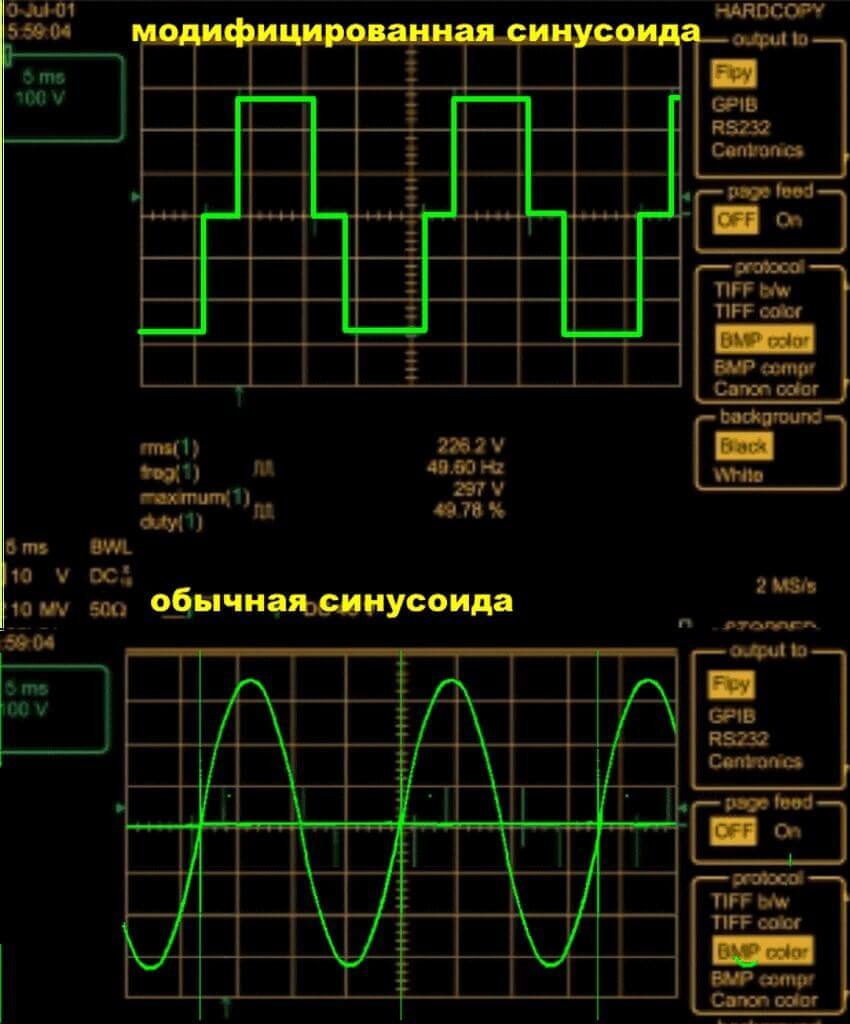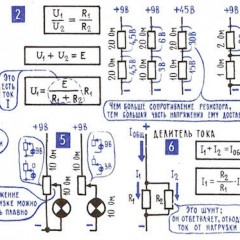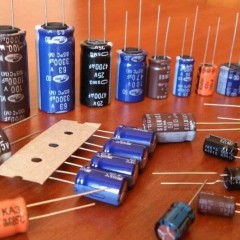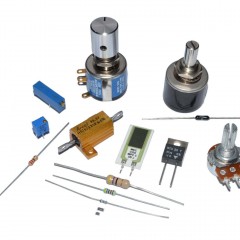How to get alternating electric current
Electromagnetic induction and the Faraday law
Michael Faraday in 1831 discovered the pattern, later named after him - Faraday's law. In his experiments, he used 2 installations. The first consisted of a metal core with two wound and unconnected conductors. When he connected one of them to a power source, the needle of the galvanometer connected to the second conductor twitched. Thus, the influence of a magnetic field on the motion of charged particles in a conductor was proved.
The second installation is a Faraday disk. This is a metal disk to which two sliding conductors are connected, and they, in turn, are connected to a galvanometer. The disk is rotated near the magnet, and during rotation on the galvanometer, the arrow also deviates.
So, the conclusion of these experiments was a formula that relates the passage of a conductor through the lines of force of a magnetic field.
Here: E is the induction EMF, N is the number of turns of the conductor, which is moved in a magnetic field, dF / dt is the rate of change of the magnetic flux relative to the conductor.
In practice, they also use the formula with which you can determine the EMF through the magnitude of the magnetic induction.
e = B * l * v * sinα
If we recall the formula relating magnetic flux and magnetic induction, we can assume how the derivation of the formula above occurred.
Ф = B * S * cosα
So the generation of current was born. But let's talk about how to get alternating current closer to practice.
Ways to get AC
Suppose we have a frame of conductive material. Place it in a magnetic field. According to the above formula, if you start to rotate the frame, an electric current will flow through it. With uniform rotation at the ends of this frame, an alternating sinusoidal current will be obtained.
This is due to the fact that depending on the position along the axis of rotation, a different number of lines of force penetrate the frame. Accordingly, the magnitude of the EMF is not induced uniformly, but according to the position of the frame, as is the sign of this quantity. What do you see nag chart above. When the frame rotates in a magnetic field, both the frequency of the alternating current and the magnitude of the EMF at the terminals of the frame depend on the rotation speed. To achieve a certain EMF value at a fixed frequency, more turns are made. Thus, it turns out not a frame, but a coil.
Industrial-scale alternating current can be obtained in the same manner as described above. In practice, power plants with alternators have found widespread use. In this case, synchronous generators are used.Since it is thus easier to control both the frequency and the magnitude of the emf of the alternating current, and they can withstand short-term current overloads many times.
According to the number of phases in power plants, three-phase generators are used. This is a compromise solution associated with economic feasibility and the technical requirement of creating a rotating magnetic field for the operation of electric motors, which make up the lion's share of all electrical equipment in industry.
Depending on the kind of force that drives the rotor, the number of poles can be different. If the rotor rotates at a speed of 3000 rpm, then to obtain alternating current with an industrial frequency of 50 Hz, you need a generator with 2 poles, for 1500 rpm - with 4 poles and so on. In the figures below you see a synchronous type generator device.
There are coils or field windings on the rotor; current is supplied to it from an exciter generator (DC Current Generator - GPT) or from a semiconductor exciter through a brush apparatus. The brushes are located on the rings, unlike collector machines, as a result of which the magnetic field of the windings does not change in direction and sign, but changes in magnitude - when regulating the exciter current. Thus, optimal conditions are automatically selected to support the operating mode of the alternator.
So, we managed to obtain alternating current on an industrial scale by a method based on the phenomena of electromagnetic induction, namely using three-phase generators. In everyday life, both single-phase and three-phase generators are used. The latter is recommended to be purchased for construction work. The fact is that a large number of electric tools and machine tools can work from three phases. These are electric motors of various concrete mixers, circular saws, and powerful welding machines are also powered by a three-phase network. Moreover, synchronous generators are suitable for such tasks, asynchronous ones are not suitable - because of their poor operation with devices that have large inrush currents. Asynchronous household power plants are more suitable for backup power supply of private houses and cottages.
Electronic converters
However, it is not always rational or convenient to use gasoline or diesel household power plants. There is a way out - to get a single-phase or three-phase alternating electric current from direct current. To do this, use converters or, as they are also called inverters.
An inverter is a device that converts the magnitude and type of electric current. In stores you can find inverters 12-220 or 24-220 volts. Accordingly, these devices turn a constant 12 or 24 Volts into 220V AC with a frequency of 50Hz. The diagram of the simplest such converter based on the driver for the IR2153 half-bridge converter is shown below.
Such a circuit produces a modified sine wave at the output. It is not entirely suitable for powering an inductive load, such as motors and drills. But if not on an ongoing basis, then it is quite possible to use such a simple inverter.
DC to AC converters with a pure sine wave output are much more expensive, and their circuitry is much more complicated.
Important! When purchasing cheap board modules with aliexpress, do not count on either a pure sine or a 50Hz frequency. Most of these devices produce high-frequency current with a voltage of 220V. It can be used to power various heaters and incandescent lamps.
We briefly reviewed the principles of producing alternating current at home and on an industrial scale. The physics of this process has been known for almost 200 years, nevertheless, Nikola Tesla was the main popularizer of this method of obtaining electrical energy in the late XIX - first half of the XX century.Most modern household and industrial equipment are focused on the use of nominal ac current for power supply.
Finally, we recommend watching a video that clearly shows how the alternator works:
Surely you do not know:

